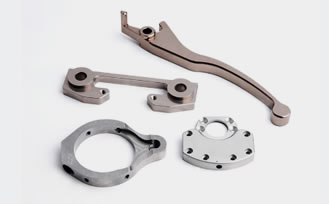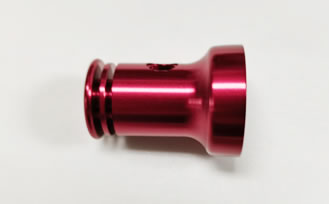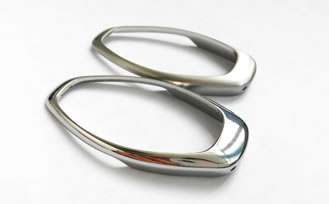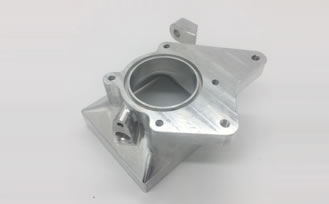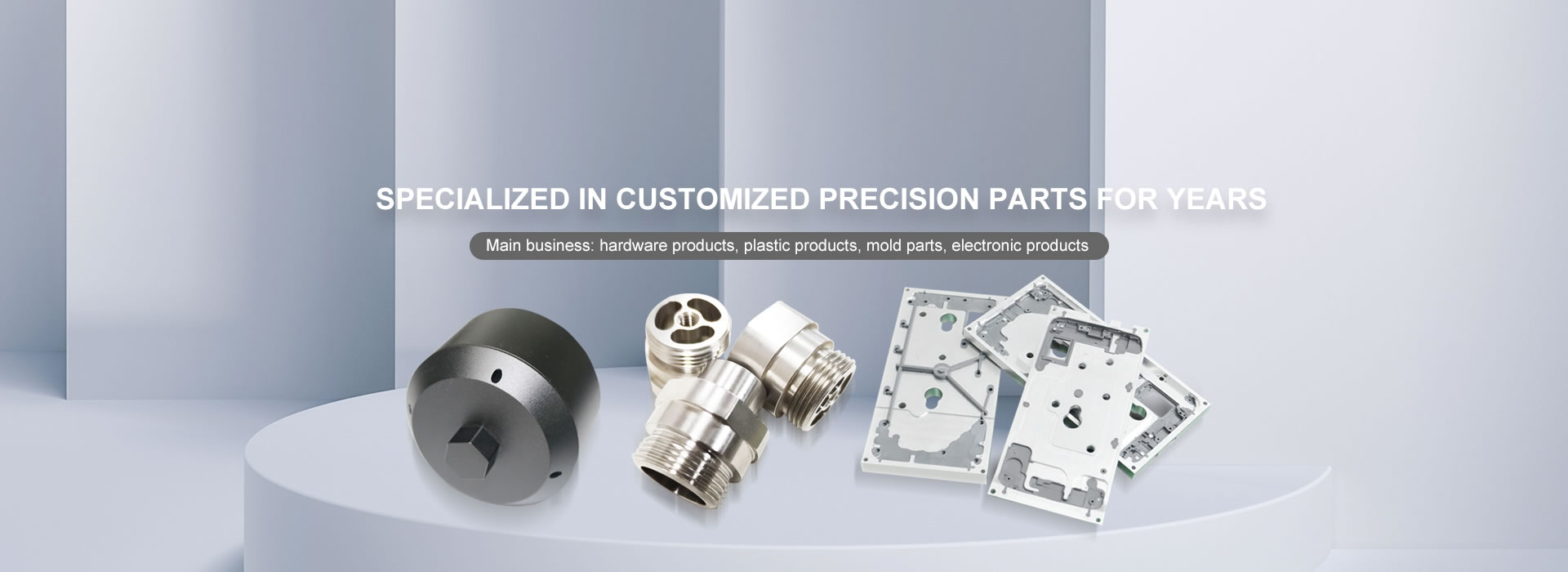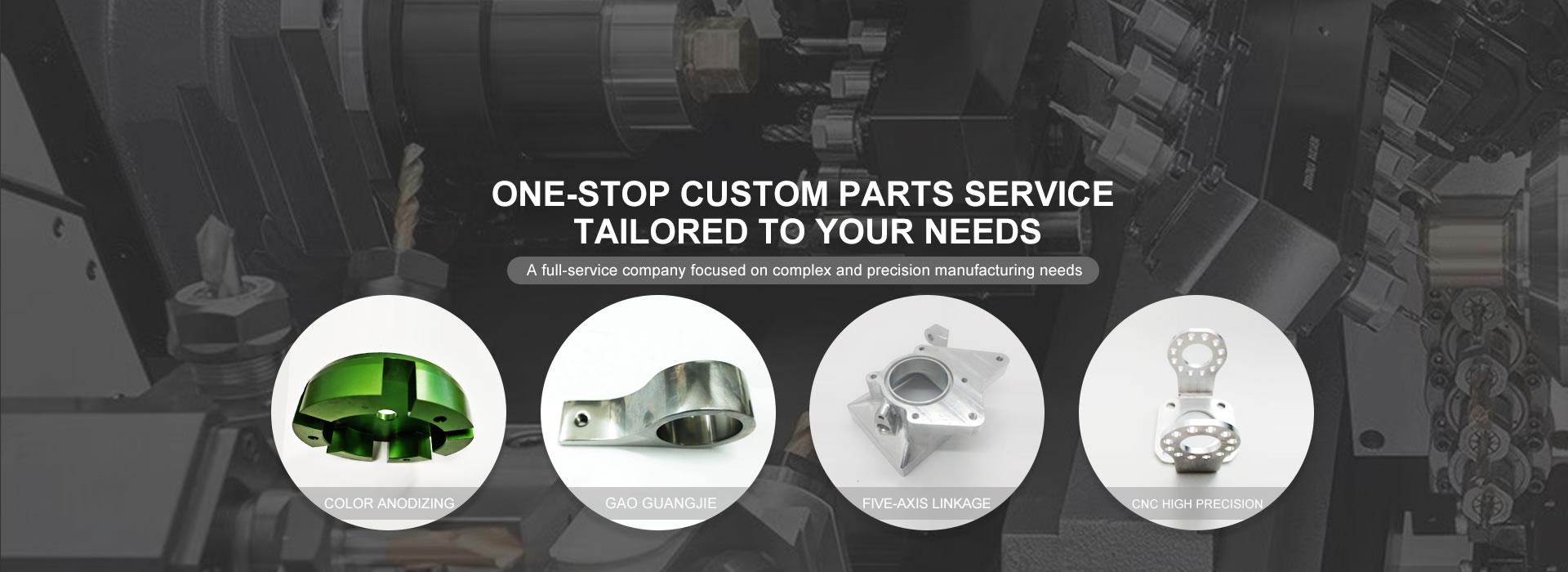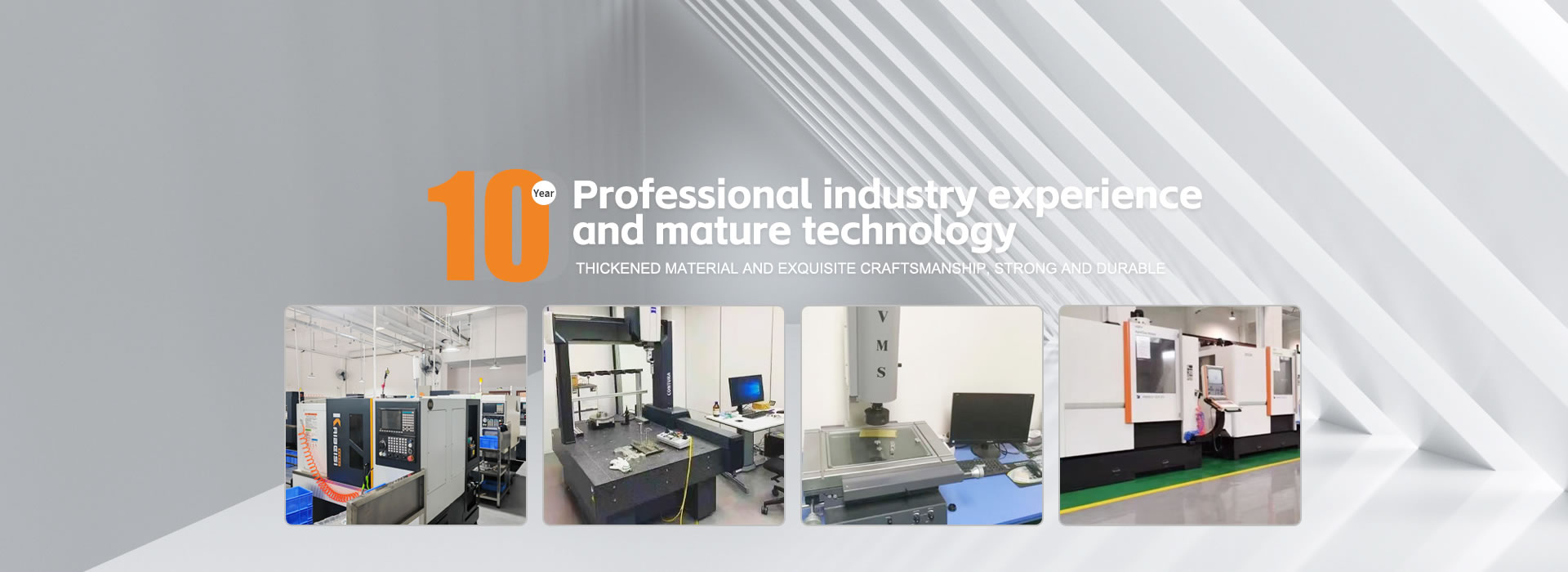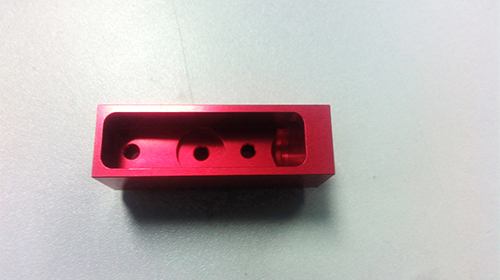
There are significant differences between colored anodizing and ordinary anodizing in multiple aspects, mainly reflected in color generation, application fields, process, and final effects
1、 Color generation
Color anodizing: Based on anodizing, by controlling the parameters during the oxidation process (such as current density, voltage, temperature, and electrolyte composition), a specific thickness and pore structure are formed in the oxide film, resulting in rich color effects. These colors may vary with the angle of observation, exhibiting unique visual effects
Ordinary anodizing: The main purpose is to form a dense and uniform layer of aluminum oxide film on the surface of metals, in order to improve their corrosion resistance, wear resistance, and decorative properties. Although ordinary anodized aluminum products may also exhibit certain colors (such as silver white or gray), these colors are mainly determined by the thickness of the oxide film and the reflective properties of the metal substrate, and the types of colors are relatively limited
2、 Application Fields
Color anodizing: Due to its unique color effect and good decorative properties, it is widely used in fields such as architecture, automotive, electronics, aerospace, etc. In the field of architecture, it can be used for surface treatment of decorative metal components; In the automotive field, it can be used to manufacture car wheels, body decorations, etc; In the field of electronics, it can be used to manufacture casings and internal components of electronic products
Ordinary anodizing focuses more on improving the corrosion resistance, wear resistance, and decorative properties of metal products, and is widely used in various fields such as construction, aviation, automotive, electronics, and home appliances
3、 Process technology
Color anodizing: Adding steps such as dyeing and sealing on the basis of ordinary anodizing. The dyeing step involves immersing the oxidized metal workpiece in a solution containing dye, allowing the oxide film to absorb the dye and present a specific color; The sealing step involves treating the pores of the oxide film with hot water, steam, or dichromate solution to seal them and improve the density and corrosion resistance of the oxide film
Ordinary anodizing mainly includes steps such as cleaning, degreasing, and electrolytic treatment, without involving additional steps such as dyeing and sealing
4、 Final effect
Color anodizing: not only improves the corrosion resistance, wear resistance, and decorative properties of metal products, but also endows metals with unique color effects, increasing the added value and market competitiveness of products
Ordinary anodizing: Although it also improves the corrosion resistance, wear resistance, and decorative properties of metal products, the color effect is relatively single and cannot produce rich color changes like colored anodizing
In summary, there are significant differences between color anodizing and ordinary anodizing in terms of color generation, application fields, process, and final effects. The choice of anodizing method depends on specific application requirements and product design requirements
Contact information
- Contacts: Mr. Deng 86 139 2853 4050
- Contacts: Miss Zhang 86 135 5667 8843
- Q Q: 29928133
- Address: Room 107, No. 3 Derong Road, Dalang Town, Dongguan City, Guangdong Province
- Website: en.cnxdtech.com
QR code



